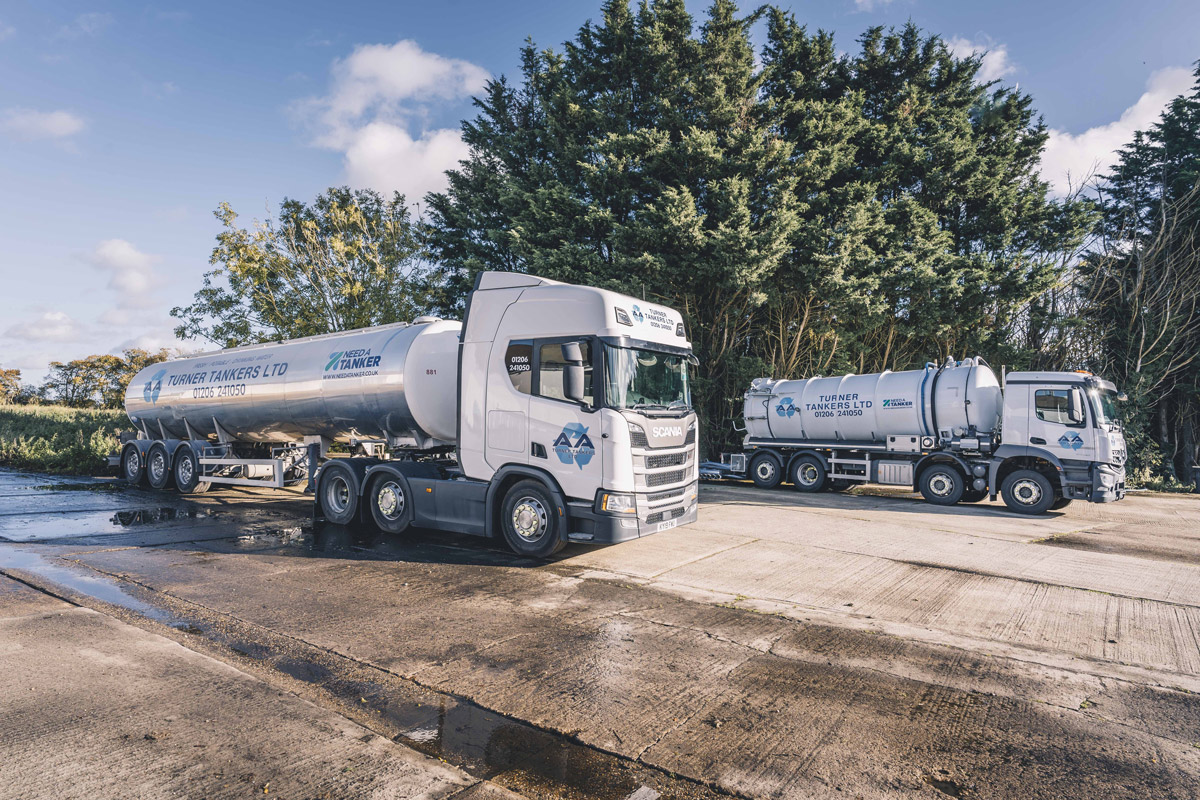Getting The Reclaim Waste To Work
Table of ContentsUnknown Facts About Reclaim WasteRumored Buzz on Reclaim WasteThe Basic Principles Of Reclaim Waste Some Ideas on Reclaim Waste You Should KnowThe Best Guide To Reclaim Waste
Discover the types, events, and forms of fluid waste. Residential sewage waste refers to the waste and items from a domestic septic container. This sort of waste is produced by people in residences, schools, and other buildings. This only includes sewage-disposal tanks that have a drain field. The correct administration and disposal of residential sewer waste need fluid waste to be transferred to a sewer therapy plant where the correct approaches and devices are related to cleanse and throw away waste.
Commercial waste often includes possible threats, such as flammable materials or a combination of liquid and solid waste products, and calls for a more sophisticated and thorough disposal process. The disposal of industrial waste generally includes the purification of waste before transport to make sure secure and proper disposal. Hazardous waste is developed from byproducts and runoff of industrial processes and production.
This type of waste can not make use of the exact same sewer management transport or processes as septic or industrial fluids. The hazardous waste management process calls for the evaluation and testing of liquid waste prior to it undergoes the disposal process (industrial wastewater treatment). Drainage waste is the fluid waste that originates from overflow and excess stormwater in highly inhabited areas or cities
Runoff waste can trigger contamination and flooding if not managed correctly. Discover more concerning sewer cleansing and waste management. Ensuring appropriate waste management can prevent disasters and lower ecological damage. Both individuals in household settings and professionals in business or production industries can profit from recognizing the processes and policies of liquid waste monitoring.
The Of Reclaim Waste
Contact PROS Services today to find out about our waste management and disposal solutions and the appropriate methods to take care of the fluid waste you produce.
(https://allmyfaves.com/reclaimwaste1?tab=Reclaim%20Waste)This so-called 'wastewater' is not only a crucial source yet, after therapy, will be released to our land, rivers or the ocean. Used water from commodes, showers, bathrooms, kitchen sinks, washings and industrial procedures is known as wastewater.

water made use of to cool equipment or clean plant and devices). Stormwater, a form of wastewater, is drainage that flows from farming and metropolitan locations such as roof coverings, parks, gardens, roadways, paths and seamless gutters into stormwater drains pipes, after rain. Stormwater streams without treatment directly to regional creeks or rivers, at some point reaching the ocean.
The smart Trick of Reclaim Waste That Nobody is Talking About
In Queensland, many wastewater is treated at sewage treatment plants. Wastewater is delivered from residential or commercial sites through a system of sewers and pump stations, understood as sewerage reticulation, to a sewer treatment plant.
The Department of Natural Resources advises city governments concerning handling, operating and preserving sewage systems and therapy plants. In unsewered areas, regional governments might need homeowners to mount individual or household sewage therapy systems to deal with residential wastewater from toilets, cooking areas, restrooms and washings. The Division of Natural Resources authorises making use of household systems when they are confirmed to be efficient.
Most stormwater receives no therapy. In some brand-new subdivisions, treatment of some stormwater to remove trash, sand and gravel has actually begun utilizing gross toxin catches. Wastewater Visit This Link treatment takes place in 4 stages: Removes strong matter. Bigger solids, such as plastics and various other objects mistakenly discharged to sewers, are eliminated when wastewater is gone through displays.
Wastewater then streams into huge storage tanks where solids work out and are removed as sludge. Oil and scum are skimmed from the surface area. Uses little living microorganisms knows as micro-organisms to damage down and remove remaining liquified wastes and great fragments. Micro-organisms and wastes are included in the sludge. Eliminates nitrogen and phosphorus nutrients that can create algal blossoms in our waterways and threaten water life.
Reclaim Waste Fundamentals Explained
Nutrient removal is not available at all sewage treatment plants since it requires expensive specialised equipment. Clear liquid effluent created after treatment may still have disease-causing micro-organisms - liquid waste removal.

This normally suggests wastewater has to be dealt with or contaminants removed before it can be released to rivers. A lot of wastewater streams right into the sewerage system. Under the Act, regional governments provide authorizations and permits for environmentally pertinent tasks (Periods) including wastewater releases that could have a local impact. The division provides approvals and licences to ERAs entailing wastewater launches that may have a local or statewide effect.
Reclaim Waste Things To Know Before You Get This
Or else, samples are taken for research laboratory analysis. Typically many tests are required to develop the levels of each of the various contaminants such as oils, hefty steels and chemicals in water. Surveillance gives accurate info about water high quality and can verify that permit problems are being met. The info acquired through monitoring supplies the basis for making water quality decisions.